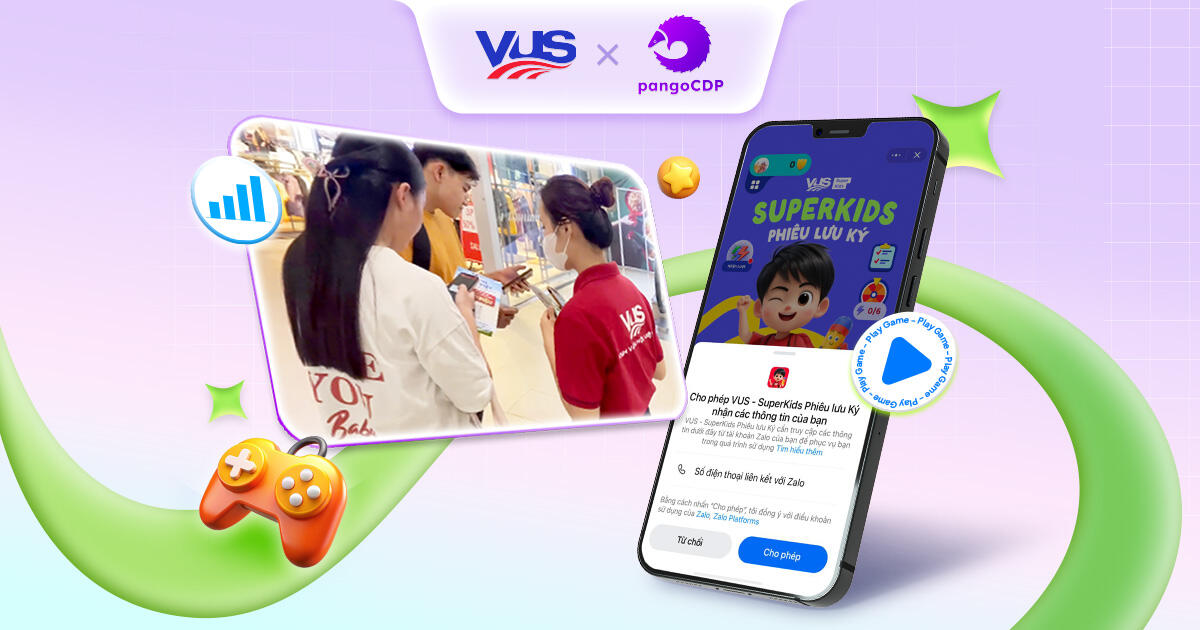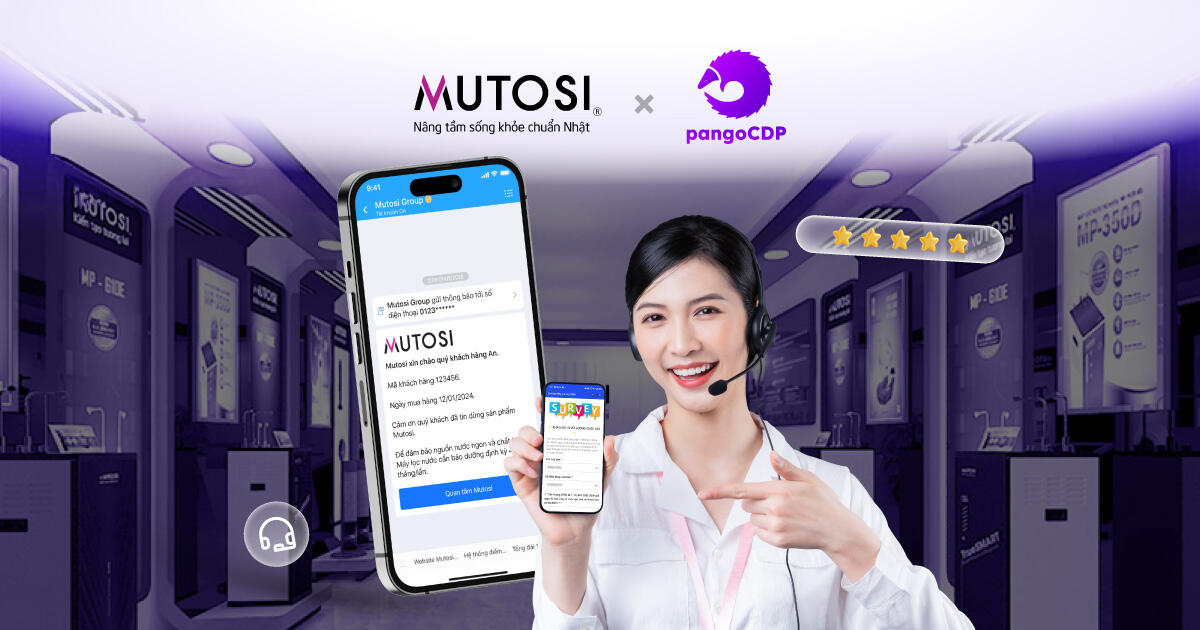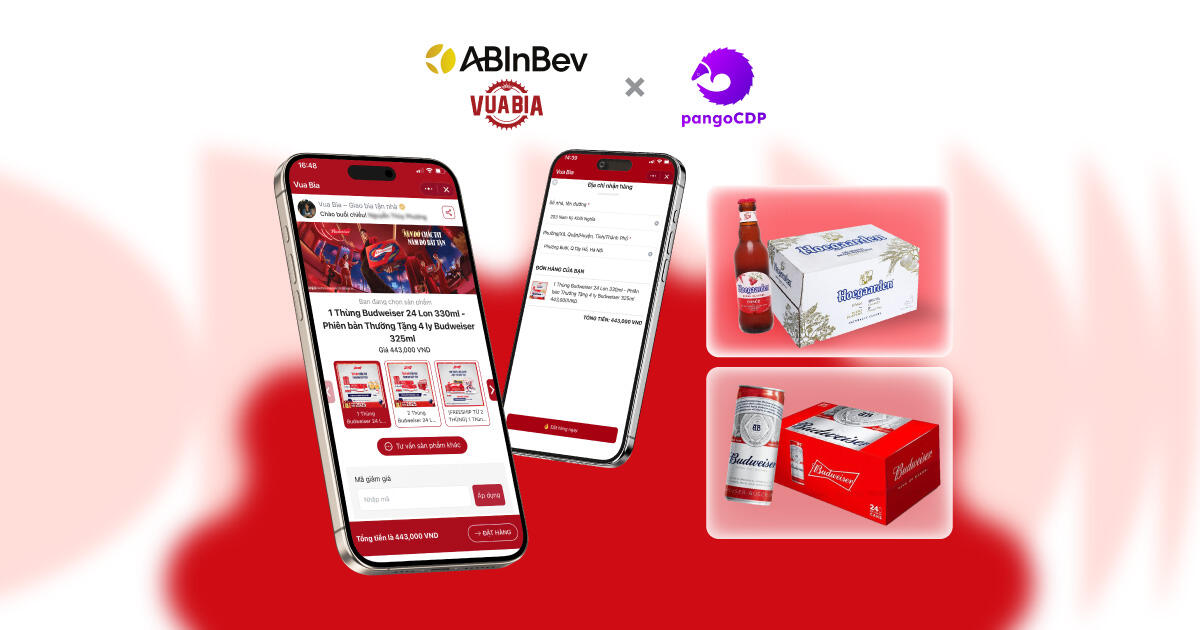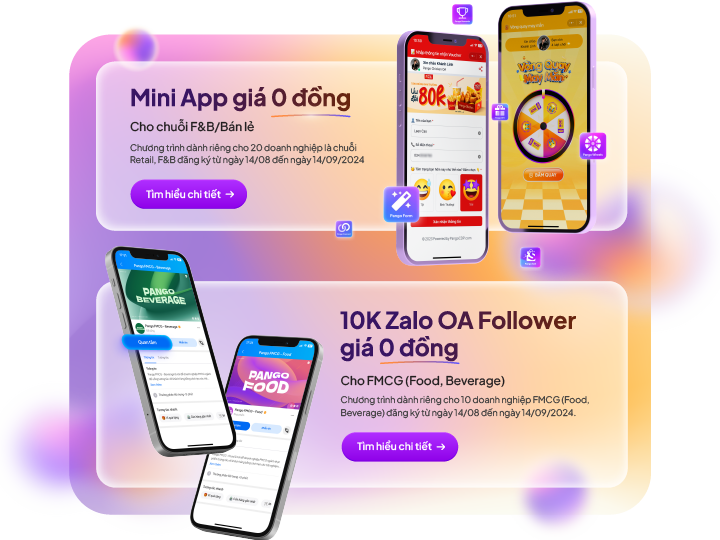
How is traditional distribution understood?
More than 20 years ago, global companies began to enter the Vietnamese market such as Unilever, P&G. They have brought in new management methods, especially traditional distribution organization methods. Starting from the organization of general agents, distributors in the region, then organize a point-of-sale system to bring goods to the market. The flexibility and diversity of points of sales with many different forms such as grocery stores, eateries, beverage shops, cafes…
As a result, the goods of manufacturers appear very quickly in every corner of streets, schools and markets. Since then, creating a strong distribution system and building this system could be said to account for over 50% of a business’s success.
Domestic businesses also quickly realized the importance of building distribution systems and have invested a lot in both technology processes and personnel. In the past 5 years, distribution systems have been upgraded again. Instead of just managing the point of sales, such as grocery store information, businesses have paid attention to the data of end customers, meaning the direct users of the products.
Customer data in the traditional distribution chain

For manufacturers and product distributors in the Vietnamese market, the model that goes through primary distributors, agents, and points of sale accounts for over 60%.
In recent years, when supermarket chains have exploded, the sales channel has partially shifted through these channels.
Additionally, e-commerce systems have also developed strongly and played a significant role during social distancing.
Regardless of the distribution method, the biggest weakness in the distribution chain is that manufacturers or main agents cannot directly access the end customers, the direct users. All must go through the final retail points. For traditional retail outlets such as grocery stores, small eateries, etc. talking about customer data is highly unrealistic.
To understand the importance of customer data, one can look at all modern retail chains. All of them aim to acquire customer information through the benefits of membership cards, point accumulation and building regular interactions with customers.
Modern retail chains increasingly gain a significant advantage over traditional distribution models due to their ability to control customer data. Thereby creating threats for manufacturers. Many products are now being produced by the retail chains themselves, or manufacturers have to become subcontractors for the retailers.
Therefore, whether they like it or not, manufacturers must make changes to balance with retailers, which means owning customer data.
For manufacturers
Manufacturers, in addition to creating distribution channels, also invest in marketing campaigns targeting end customers to create a “top of mind” effect. When customers stand in front of a grocery store, their choice among similar products will be influenced by the position of that product in their minds.
For traditional channels – social media networks
Traditional channels have evolved from radio and TV to print media platforms. The explosion of online channels has opened up opportunities for customers to interact directly with manufacturers.
Previously, with advertisements broadcasted on TV or radio, customers could only receive one-way information from the manufacturer.
Today with online platforms and social media networks, customers can respond directly to the manufacturer. This is an opportunity to obtain customer data, thereby building a two-way direct interaction channel between the brand and the end customer.
Methods for manufacturers to ‘touch’ end users
Methods for manufacturers to reach end users and obtain information include:
- Adjusting communication campaigns to encourage customer interaction. For example, when watching an advertisement on YouTube or Facebook, customers are encouraged to participate in a mini-game with prizes.
- Establishing “touchpoints” at points of sale such as billboards, standees, and investing in personnel (PG).
- One of the most advantageous “touchpoints” for manufacturers is product packaging. A QR code printed on the product, accompanied by benefits for the end user. This method is becoming more and more effective, especially for high-value products with high frequency of use and extended customer lifetime value.
By using these or other methods, manufacturers will gradually accumulate customer data, opening up options to approach end customers and create a balance with retailers. The PangoCDP team will provide a more in-depth analysis in the next chapter.
The balance between manufacturers and chain retail partners
There is a fact that has happened for a long time in the relationship between manufacturers and retail partners. Retailers need good products with high customer demand to attract regular shoppers to their stores.
Conversely, manufacturers also need strong distribution chains with extensive reach that have achieved stable and long-term output.
This “Because We Need Each Other” dynamic creates a close relationship between manufacturers and retail partners. However, when walking through the aisles of any major retail chain, customers will frequently see products branded by the retail chain itself, directly competing with similar products from manufacturers. Of course, with the advantage of ”home yard”, these products will have benefits from the retail chain in terms of shelf placement, priority from store staff in promoting them.
Retail chains, once they achieve significant market coverage and, most importantly, a substantial customer base, hold a higher position in their relationship with manufacturers. And they begin to have claims that directly affect the interests of manufacturers, such as discounts, pricing pressures, and promotional requirements.
Not all manufacturers can meet these demands, and retail chains always have alternative options, whereas manufacturers find it challenging to find comparable retail chains to partner with.
Manufacturer’s perspective
The perspective of this article is aligned with manufacturers to create a balance with retail chains.
Not “putting all eggs in one basket” is the optimal strategy for manufacturers in this situation. Building a diverse distribution channel, creating a balanced weight among these channels will help manufacturers avoid dependence on or pressure from any single retailer.
Returning to the main distribution channels in Vietnam, although retail chains have seen tremendous growth in recent years, the motorbike culture will persist in Vietnam for a long time, meaning that the concentration of large stores will remain primarily in urban areas. Traditional retail outlets like grocery stores will continue to be significant.
Modernizing these retail outlets is also an important task for manufacturers. More than a million retail outlets in Vietnam remain crucial distribution channels for any manufacturer. Some major manufacturers have started introducing shelf technology into retail outlets to reinforce the traditional base that has helped them succeed over the past decades.
Specifically, technologies introduced to retail outlets include mobile apps that allow grocery store owners to place orders themselves, replacing the old method of calling sales staff or regional distributors.
During the Covid-19 pandemic in Vietnam, this technology proved extremely effective. One of Vietnam’s largest FMCG manufacturers shifted over 20% of its sales through this mobile app.
A domestic manufacturer went even further by establishing a relationship between the manufacturer, retail outlets, and end users through a technology system that connects purchasing, point accumulation, and expands the functions of grocery stores to approach the functions of a convenience store, such as collecting payments for electricity and water bills, selling top-up cards, offering cable TV services, and even acting as a collection point for installment loans.
Real story
Smaller manufacturers cannot build extensive functionalities for grocery stores when their product category represents only a small portion of the goods sold there.
For these manufacturers, modernizing the traditional distribution channel can start with small changes in how orders are received from retail outlets. For example, supporting retail points to place orders via Zalo, Vietnam’s most popular chat platform, and updating order information and debts through this channel. From these basic features, manufacturers can approach the retail outlets more often, quickly and timely convey messages and most importantly, measure the response of the points of sale with messages from the manufacturer.
Retail chains
For retail chains, manufacturers also have methods to gain greater control. Specifically, in supermarkets, major brands often have product consultants who encourage customers to participate in promotions and sign up for membership cards to enjoy long-term benefits from the manufacturer. These activities will directly generate customer data. With consistently accumulated customer data, manufacturers will have advantages when relationships with retail chains become challenging.
E-commerce channel
The significant growth of e-commerce platforms is opening up potential distribution channels for manufacturers. However, similar to chain retailers, e-commerce platforms are also very limited in sharing customer data with manufacturers. There’s an old saying: planting on someone else’s land is never a long-term strategy.
What PangoCDP gains from real businesses
The PangoCDP team has experienced most of the interaction stories between manufacturers and distribution channels, understanding the aspects of cooperation as well as potential conflicts, thereby offering solutions and technology support to help manufacturers balance their distribution channels.
In the long run, market trends show that manufacturers must strive to establish direct interaction channels with customers. While the roles of distribution and retail channels cannot be denied, manufacturers must maintain a certain level of autonomy to survive in the market for the long term.
Data and distribution chains for electronics and home appliances
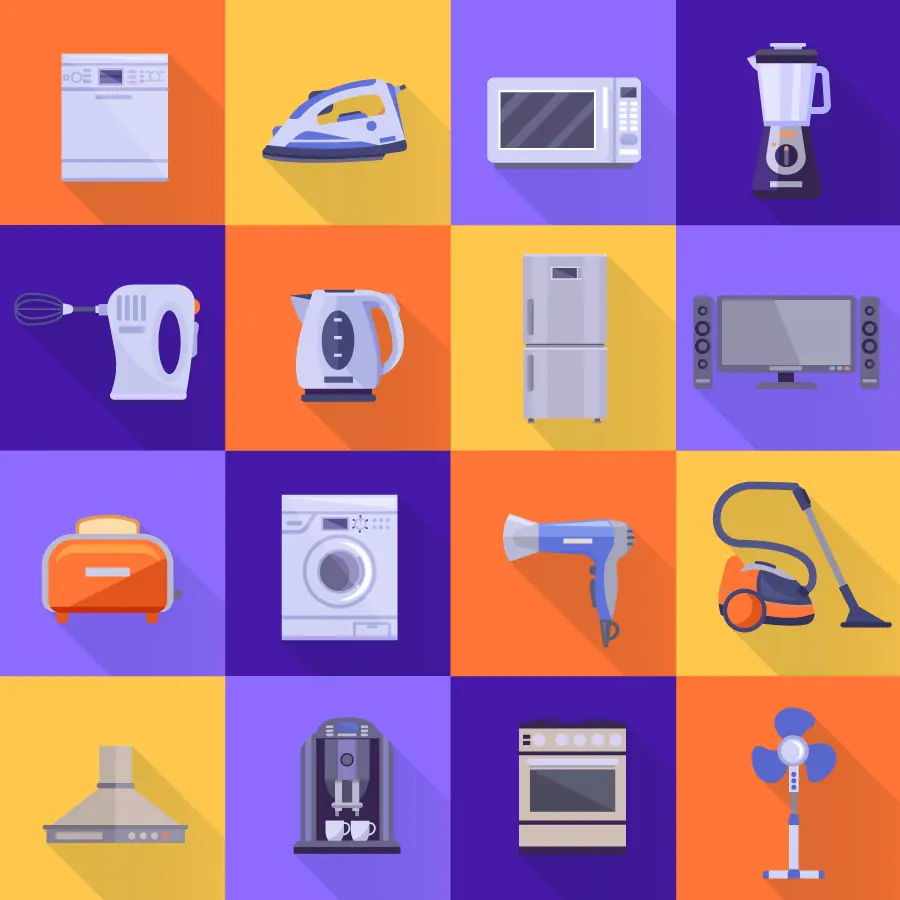
For fast-moving consumer products, retail outlets are diverse and relatively easy to build.
For electronics, especially high-value items, retail outlets need more in terms of space, working capital, consultants, and after-sales services.
In the past, numerous small electronics stores sold items like TVs, VCRs, and radios. When the mobile phone wave hit Vietnam in the early 2000s, mobile phone shops became the main distribution channel for these products. The business condition of selling electronics required retail outlets to be well-equipped with larger spaces. Large retail chains increasingly dominated over small shops. As electronic retail chains like The Gioi Di Dong emerged, small shops gradually diminished.
A similar but even stronger trend occurred with electronics and home appliances such as TVs, refrigerators, air conditioners, washing machines, and more recently, high-end devices like water purifiers, air purifiers, and health and medical equipment.
These devices require retail outlets to have capabilities in product display, a variety of consulting services, and especially the ability to perform installation and after-sales services for customers.
Due to the modern nature of electronics retail outlets, the main distribution channel is retail chains. In recent years, e-commerce platforms have also emerged as a very promising distribution channel.
Manufacturers’ perspective
From the perspective of manufacturers regarding customer data in the electronics and home appliances sector, customers bring significant value as almost every household will need various devices to support their daily lives.
The first home appliances, such as radios, fans, irons, and TVs, hold fond memories for many families in Vietnam.
Today, the range of home appliances has greatly expanded in line with improved living standards. Common products now include air conditioners, refrigerators, washing machines, blenders, and water purifiers. More advanced items include smart devices like robot vacuums and air purifiers.
Despite being on the market for a long time, home appliance manufacturers still face many limitations in managing customer information. More than 90% of sales are conducted through retail chains like Dien May Xanh, Nguyen Kim or e-commerce platforms such as Shopee, Lazada. As a result, customer information is largely neglected.
Customer information is truly valuable. When a connection with each household is established, the sales opportunity is very high. Each home appliance has a lifespan and requires maintenance. Almost every year, families need to upgrade one of their devices. Specific devices like air conditioners and water purifiers have fixed maintenance periods. Maintaining a connection between manufacturers and customers will create value for all parties involved.
Retailers’ perspective
For most electronics retailers, customer data is almost fully captured, with over 90% of customer information stored as a basis for warranty services.
For manufacturers or distributors, the need to obtain customer data is quite high, but using apps to gather this data is currently limited.
Results PangoCDP obtains from data and product distribution chains
The PangoCDP team has worked with clients on electronic warranty solutions and recognized that this is a significant channel for collecting customer data.
Specifically, after purchasing a home appliance, customers can activate their warranty by sending a text message or registering on a website to ensure after-sales services. In theory, this should work well, but the rate of customers self-activating their warranties is still quite low, averaging between 5% and 15%, although it can be higher for specific items such as air conditioners or water purifiers.
Solutions to increase customer activation rates
To increase the rate of customers activating the electronic warranty, manufacturers need to make significant efforts to help customers understand the benefits of self-activating their warranties, such as extended warranty periods or eligibility for prize draws.
Another approach is to collaborate with retailers, who can assist in entering customer information. The system would then send a message with a link for customers to confirm their warranty via OTP. This method requires coordination with retailers, and manufacturers can also offer sales incentives to retailers based on the number of warranty activations.
Electronic warranty may not meet expectations in terms of customer information acquisition, they remain the most viable current method for manufacturers to reach end-users and develop long-term sales strategies.
For established manufacturers in Vietnam, when properly implemented, electronic warranty solutions can achieve activation rates of up to 30% of products sold—a significant figure when user numbers reach several million. The PangoCDP team is ready to share valuable experiences and collaborate with businesses to build a customer data set through warranty activation for products used in daily life.
Data for D2C (Direct to Consumer)

Returning to the topic of customer data, the approach for manufacturers to reach customers includes the concept of D2C, or Direct to Consumer.
A Real-life example
Take a very famous recent example, which is the electric vehicle manufacturer Tesla. Customers place orders directly through Tesla’s website and have their vehicles delivered to their homes. Tesla showrooms serve as places to experience the products. This groundbreaking distribution model has helped Tesla achieve a market value more than ten times greater than the next ten companies on the automotive manufacturer list.
Of course, a key requirement is that the product must be exceptionally outstanding, as Tesla has proven. Nevertheless, Tesla’s distribution model has inspired many manufacturers with strategies to reach customers more effectively.
Another suggestion for manufacturers is the subscription model, where products with a fixed usage or maintenance period, such as air purifiers, air conditioners, or even tires, can offer customers a subscription service for replacements and maintenance. Customers can submit requests directly to the manufacturer at any time. Manufacturers can either build their own direct service channels or continue to use existing service and sales agents. This is a classic example of D2C, where the manufacturer has established a direct connection with customers.
Product types should build a D2C channel if they meet the following criteria:
- Regular and prolonged purchase frequency such as Diapers, baby formula, etc.
- High-value items requiring long-term after-sales service: Water purifiers, air conditioners, smart locks, IoT devices, etc.
- Cars, motorbikes, specialized equipment.
The specific forms of the D2C channel can be a website for customers to order directly, a mobile app to accumulate points or a mobile app that comes with the product e.g., smartwatches, blood pressure monitors, SPO2 devices).
D2C can also include chat channels on platforms like Facebook Fan Pages or Zalo OA, where customers can make direct inquiries to the manufacturer and receive responses through these platforms.
One important touchpoint mentioned in this context is the QR code on the product. Each product will have a unique QR code, similar to its identity card. Initially, the QR code contains information about the product’s origin, manufacturing details, and distribution. Once the product reaches the customer, additional information will be added, including purchase date, warranty period, usage instructions, and contact details for service requests.
Whenever customers need anything related to the product, the QR code will serve as the starting point for direct interaction with the manufacturer for any service requests or replacements.
If you have any questions about traditional distribution and going online with customer data, please contact us below for answers.


